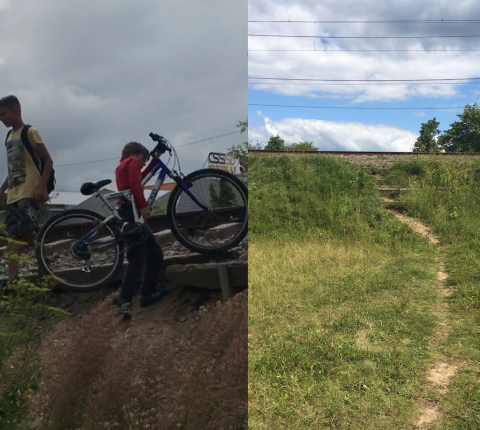Railway accidents reduction model
| Numbers | |
| 50 | hours of ethnography field work |
| 7 | best foreign practices analysed |
| 16 | months of research |
Lithuania is suffering from unnecessary accidents related to railways. People are simply not obeying rules and are overconfident about their abilities. Each accident costs government, in fact tax payers, around 500k euros. Even as it is difficult to put a number on a life ir death situation it has been done. Therefore, responsible institutions wanted to understand the matter better and then apply solutions needed.
The vast majority of data provided to us was fragmented and unrelated. As a matter of fact, it did not feel that it had the depth the situation asked for. Our team added a proper ethnography study to the tasks we were asked to do. Contextualising data was too important here.
The analysis of data indicated the target audience or groups that are mostly involved in these situations. Also additional investigation provided our team with particular locations where such accidents usually occur. It was a starting point for the ethnography. Going to the relevant spots, documenting happenings, talking to people living nearby gave us the thick data. Suddenly it was obvious why accidents happen here and where to search for solutions.
The responsible institutions had to talk to local communities with the information suited to their everydayness. When the approach had to be done in person it needed to be by somebody respected within their area.

It was all about context-relevance and not about nation-wide campaigns.
After an extensive analysis of best marketing solutions on a matter worldwide our team created a list of preferential means to diminish the accidents. All of them circled around community, locality and real stories. It was apparent that places where accidents happen are immune to what is happening in the main cities. They care about and listen only way more to what is occurring close to them.
Substance abuse is an issue there too and it only supports our proposition.
Nobody tells you in a survey that he or she is an alcoholic.
Yet understanding their cultures indicates it. Therefore handing the story about a person who went into a grocery store exactly for the same reason like you and looked similar to you creates a vivid picture that is difficult to forget.